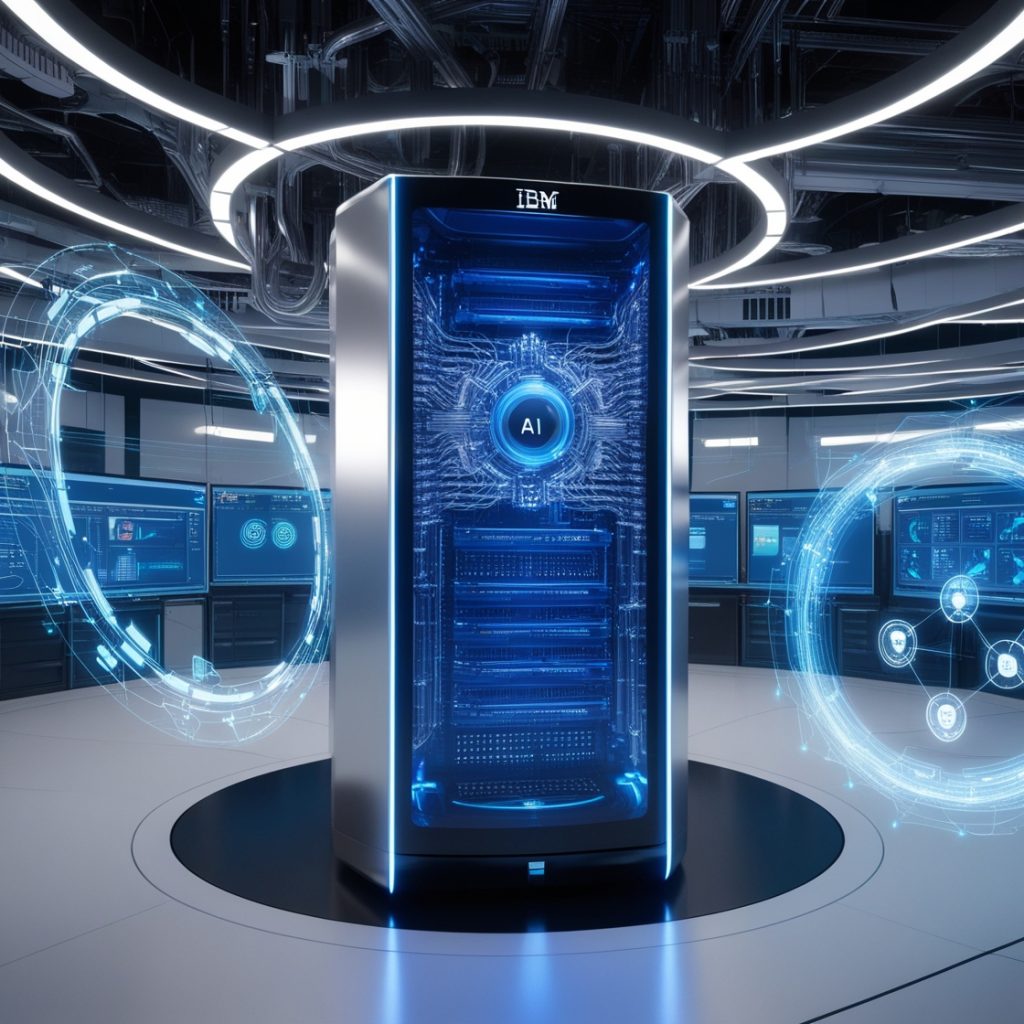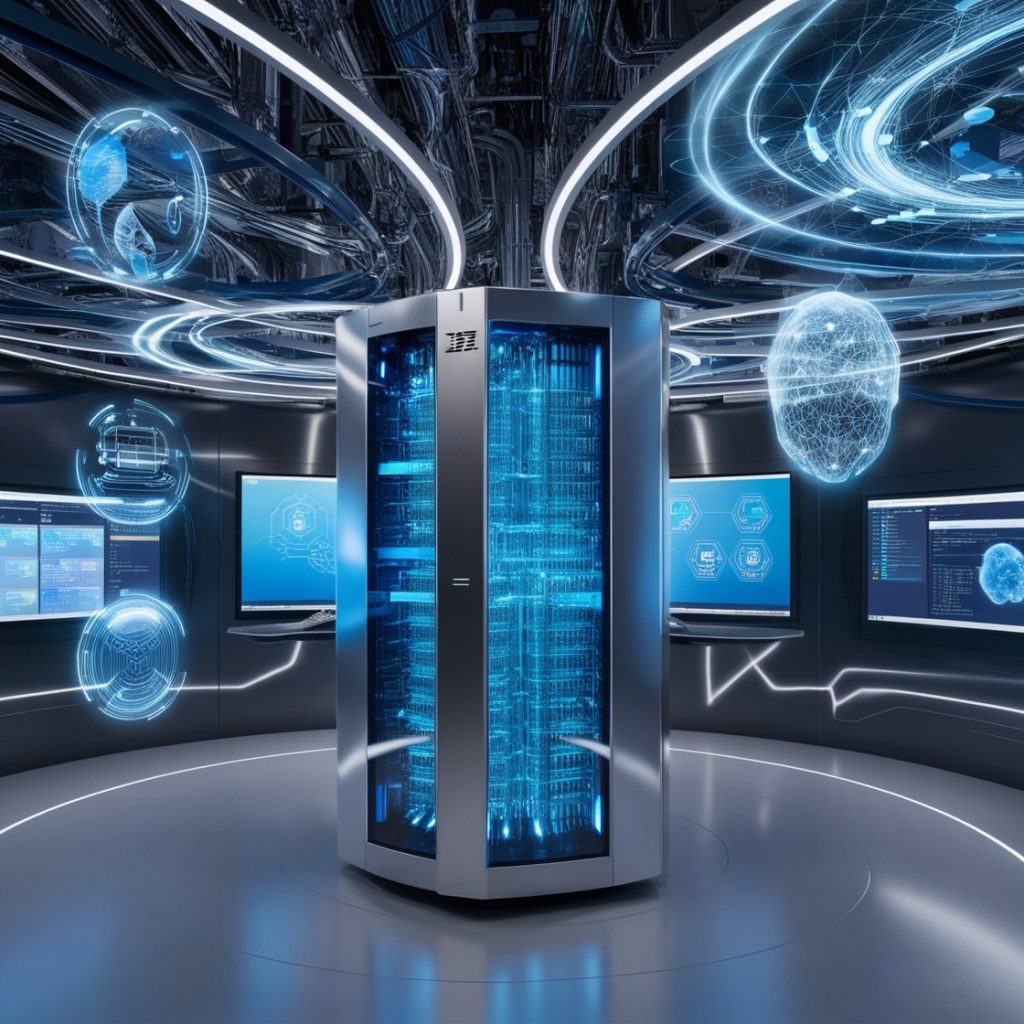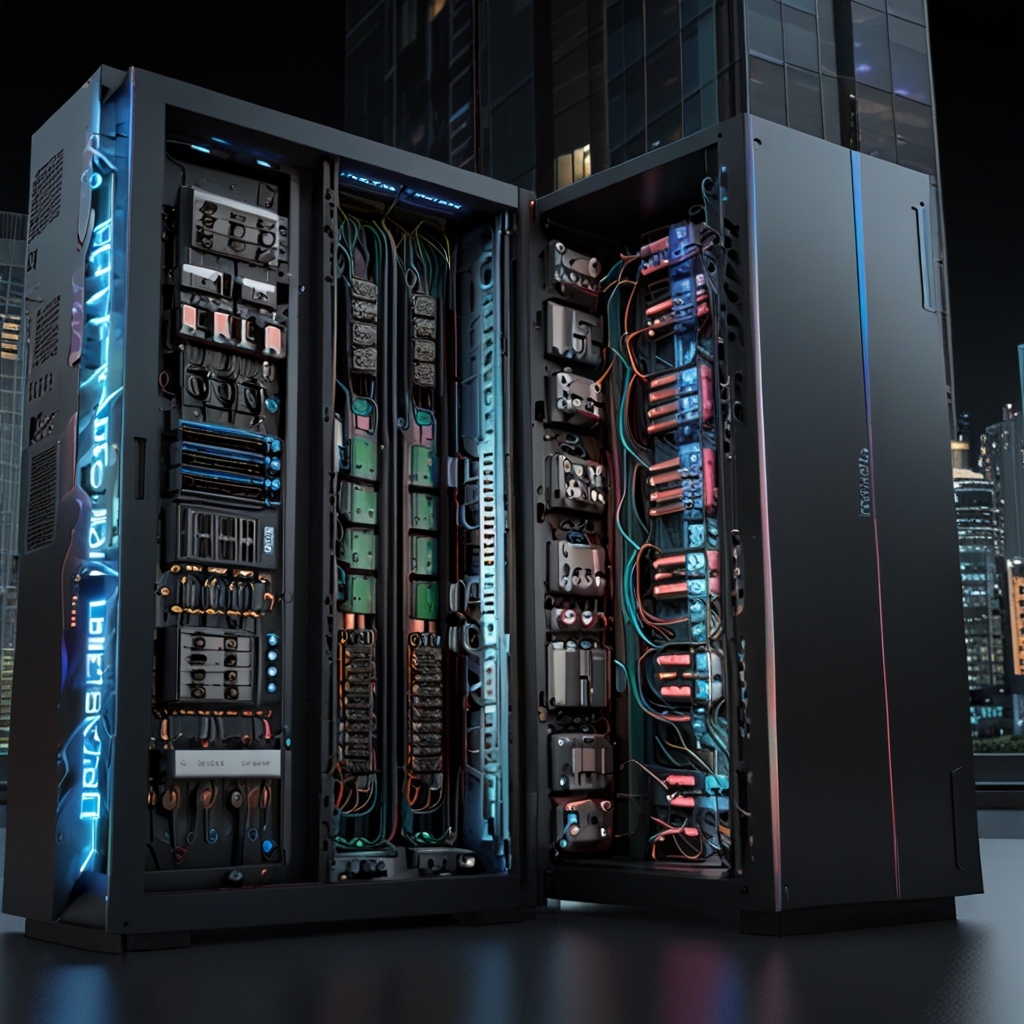IBM has officially unveiled the IBM z17, its latest mainframe powerhouse designed explicitly for high-performance AI workloads. Touted as the most AI-optimized mainframe to date, the z17 has quickly captured the attention of the tech world and Wall Street alike, promising enhanced inferencing capabilities, streamlined hybrid cloud integration, and unprecedented levels of security and performance.

This bold move marks IBM’s continued commitment to ensuring its legacy hardware evolves in tandem with the demands of modern AI-driven industries, offering a glimpse into a future where traditional infrastructure seamlessly converges with cutting-edge technology.
A Quantum Leap in AI Capabilities
The z17 is engineered with a 50% increase in daily AI inferencing capacity compared to its predecessor, the IBM z16. This leap allows for over 250 AI use cases to be managed in real-time across industries such as banking, healthcare, retail, and transportation. IBM’s goal with the z17 is clear: to bring AI closer to where enterprise data resides—on-premises and within core business systems—allowing businesses to run AI models directly on the mainframe.

This paradigm shift empowers organizations to process real-time insights from massive datasets with minimal latency. Whether it’s fraud detection in banking, personalized recommendations in retail, or supply chain optimization in manufacturing, the z17 facilitates AI model deployment without relying exclusively on cloud services.
Hybrid Cloud and Edge-Friendly Architecture
IBM has emphasized that the z17 is not a stand-alone marvel but an integral part of a larger hybrid cloud and edge computing ecosystem. Through integration with IBM’s Cloud Pak for Data and Red Hat OpenShift, businesses can now deploy and manage containerized applications alongside AI workloads.
This approach not only supports a hybrid strategy—where data and workloads move fluidly between cloud and on-premises systems—but also enables edge AI processing for real-time decision-making at data sources, such as IoT devices and remote servers.

Security: A Cornerstone of z17
With cyber threats continuing to evolve, IBM has built the z17 with security at its core. The new mainframe introduces enhanced encryption protocols and confidential computing capabilities that protect sensitive data throughout its lifecycle. Additionally, IBM claims the z17 provides automated compliance and risk monitoring for mission-critical workloads, a feature that is increasingly vital for regulated industries like finance and healthcare.
In a press briefing, IBM executives underscored how these features align with client needs: “Our clients run the world’s economy. They rely on IBM to deliver systems that are secure, reliable, and capable of unlocking the value of AI while complying with regulatory frameworks,” said Ross Mauri, General Manager of IBM zSystems.
Market Response: Confidence Soars
The announcement of the z17 has positively impacted IBM’s market standing, with shares rising over 2% immediately following the news. This reflects growing investor confidence in IBM’s strategy to modernize its hardware offerings while integrating AI into its core portfolio.
Analysts believe that this could signal a resurgence in IBM’s enterprise hardware dominance, particularly as more businesses seek cost-effective, scalable, and secure solutions to incorporate AI into their operations without fully migrating to the cloud.

Competing in a Crowded Field
The AI race is intensifying, with tech giants like Google, Microsoft, Amazon, and NVIDIA heavily investing in their own AI infrastructures. However, IBM’s edge lies in its legacy relationships with large enterprises and its unmatched experience in mainframe technology. With the z17, IBM aims to differentiate itself not just through raw processing power but through its enterprise-grade integration of AI and security.
Industry observers point out that while companies are rapidly experimenting with cloud-based large language models (LLMs) and generative AI platforms, many critical business processes still reside on-premises. IBM’s z17 allows those processes to benefit from AI without compromising on latency, cost, or control.
A Vision for the Future
IBM envisions a future where AI is not a separate capability but a foundational element embedded in all enterprise applications. The z17 is a manifestation of this vision, designed to democratize AI across traditional systems and enable intelligent automation at scale.
The company also teased future developments, hinting at more AI-powered mainframe innovations on the horizon and deeper collaborations with partners in the AI space, including open-source communities.
Use Cases Already in Motion
Several pilot customers have begun deploying the z17 for diverse use cases. A leading U.S. bank is using the system for real-time transaction monitoring to flag potential fraud. In Europe, a logistics company has integrated z17 into its supply chain systems to dynamically reroute shipments based on predictive analytics. Meanwhile, a healthcare provider is leveraging the z17 to streamline patient data processing and support diagnostics through AI-powered analysis of medical records.

These examples underscore the z17’s potential to transform mission-critical functions across industries by enabling AI to operate where it matters most—at the core of business operations.
The Mainframe is Back, Reinvented for AI
For decades, IBM mainframes have been synonymous with reliability and power. With the z17, IBM reaffirms that mainframes are not relics of the past but vital engines of the AI-powered future. In marrying the tried-and-true strengths of zSystems with next-generation AI capabilities, IBM has taken a decisive step in reshaping enterprise infrastructure for the decades to come.
Whether the z17 will singlehandedly redefine AI in enterprise remains to be seen, but one thing is clear: IBM is playing to its strengths and making a bold bet that the future of AI isn’t just in the cloud—it’s also on the mainframe.
Copyright©dhaka.ai
tags: Artificial Intelligence, Ai, Dhaka Ai, Ai In Bangladesh, Ai In Dhaka, IBM



